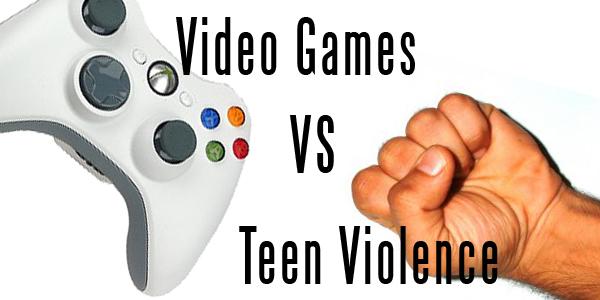Guts. Guns. Gore. All popular traits in many video games, which in turn are popular with teenagers. The connection between the two lead people to believe video games make teens more violent. Graphic content shown in video games, as well as other forms of media, should not be held accountable for the violent actions of students.
Since the release of Doom in 1993, parents have blamed the aggressive tendencies of students on violence found in the virtual world. However, according to the American Sociological Association, in the years since Doom’s release, the teen homicide arrest rate has dropped 77 percent. The effects of digital violence on teens serves as nothing more than a scapegoat for the causes of teen violence.
At times, adults believe the violent material portrayed in video games can disillusion children and teens as to what is or is not acceptable in the real world. However, parents fail to acknowledge violence in media is something all members of society must face nowadays. Crime and mystery shows dominate primetime television. Brutal murders are plastered across news stations. Mysteries and thrillers monopolize books and movies. By claiming video game violence may cause teens to act out in reality, people not only underestimate teens capability to distinguish fact from fiction but also blind themselves to the reality of the media surrounding them.
Games, like all other forms of media, possess varying levels of violence and graphic material, traits supervised and rated according to age suitability by the Entertainment Software Rating Board (ESRB). Games possessing extreme amounts of violence or explicit content are labeled M— intended for mature audiences only. Games rated M are not sold to anyone under the age of 17. Another argument commonly overlooked is the average age of video game players. According to LiveScience.com, the average video game player is 30 years old. While a lot of teens own video games, the majority of Mature-or Adult- rated games are purchased and played by adults. Parents concerned with their children purchasing and playing games with graphic material should heed the ESRB ratings posted on every game, which would help regulate the amount of violence they are comfortable exposing their children to.
Violence and explicit material found in video games are not responsible for the violent outbursts of teens and young adults. Parents should take responsibility for violence expressed by a child and take due action, instead of placing blame on video games.











Chrstian • Apr 10, 2014 at 11:05 am
#like